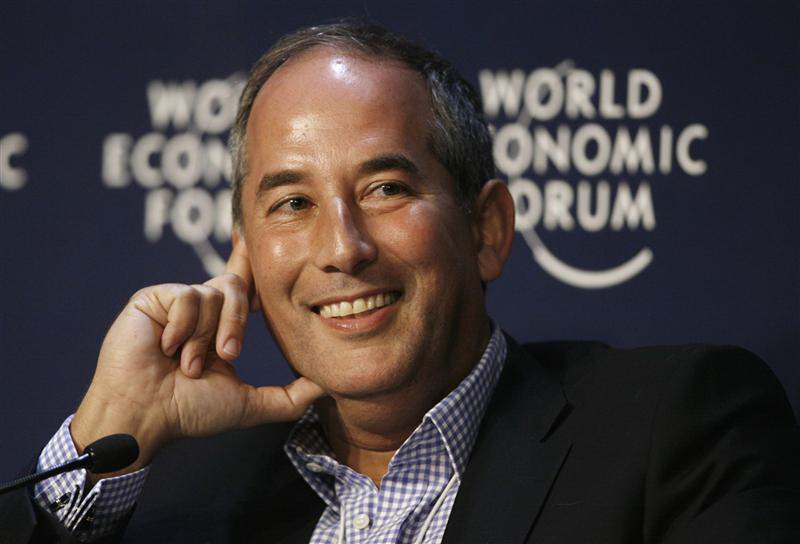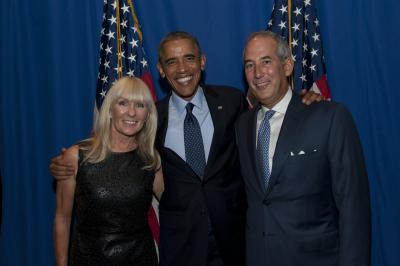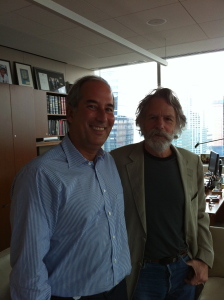The resignation this week of the talented Dick Costolo as CEO of Twitter raises the question of whether a mere leadership change at the company is needed or a complete product, strategy and investor relations re-think.
First, I need to declare that I’m a huge fan of Twitter the service. It is a brilliantly efficient event capture, news dissemination and comment amplification system. While in Twitter’s early days I did not immediately get the importance of 140-character publishing, I‘ve come to view it as an indispensable service. I also don’t find Twitter difficult or confusing to use as many complain.
Twitter, the company, has also been very successful by almost every measure other than comparison to Facebook. With 300 million active monthly users, close to $2 billion in run-rate revenues and a $24 billion market capitalization, Twitter is hardly a failing company. So what is the problem and why change CEO?
The problem is precisely its peer comparison group and the early stage of its monetization strategy. While Twitter is a media business, it is not a mass market (read down market) display ad platform. As my friend and media savant, Eric Hippeau, has observed Twitter deserves a much higher CPM than Facebook due to the value of its influencer user base.
Moreover, unlike Facebook, YouTube, Pinterest or Instagram, Twitter is the professional news platform of the future. As I have written recently in these pages, Twitter is the platform on which professional journalists, algorithms and, increasingly, sensor feeds in an IOT world combine to define what is newsworthy. Thus, at least some of Twitter’s current market value should be based on the option value of the company becoming the Reuters or Bloomberg of the future.
Finally, and most pragmatically, if Twitter’s new CEO cannot convince the market that it should be valued as that courageous one-of-a-kind innovator without peer group, a quick sale to Google would appear the surest route to value. Google could combine the company with Google+, possibly even segmenting the service into both traditional professional-grade Twitter and a more Facebook-like Google+ consumer version.
Whoever takes over from interim and former CEO Jack Dorsey will have the unenviable task of balancing advice from three former Twitter CEOs on the board. Perhaps they should each be limited to 140 characters per board meeting.





